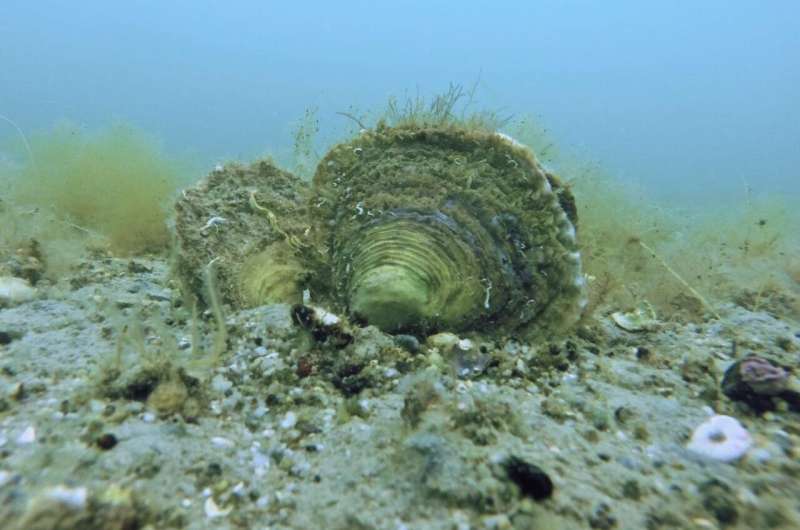A new study reveals the vast historical extent of European oyster reef ecosystems, which once thrived along the continent’s coastlines but have since been decimated. These complex and biodiverse habitats played a crucial role in stabilizing shorelines, cycling nutrients, and filtering water – until human activities led to their near-complete destruction over the past century. Efforts are now underway to restore these vital oyster reefs, but significant challenges remain in reviving these lost ecosystems on a large scale.

A Forgotten History
Today it is hard to imagine, but the coast of Europe used to be full of dynamic three-dimensional landscapes formed by oyster reefs. And it was teeming, swirling living ecosystems that harbored untold numbers of fish, crustaceans and other species. But, the over the course of a century these intricate homes were systematically obliterated — leaving only a desolate and razed seafloor.
The scale of these oyster reefs — which sprawled from Norway to the Mediterranean, totalling 1.7 million hectares (the area was once larger than Northern Ireland) — is disclosed in a new study published in Nature Sustainability. More than 30 European researchers on the team stitched together this lost history by perusing oceans of historical records that detailed life there — from old newspapers and travel writings, to nautical charts and fishermen’s logs.
Oyster Reef — An Important Component
Not only were oyster reefs ecosystems in their own right, but also they offered myriad ecosystem services to the surrounding environment. One individual adult shellfish has the ability to filter up to 200 litres of water per day, making them a key component in water purification and nutrient cycling. The reefs themselves also acted as natural breakwaters for shorelines, protecting coastal areas from erosion.
Yet the disappearance of these reefs is playing out in more insidious ways. Dr. Ruth Thurstan, also from the University of Exeter, said: “We think of our current seafloor as a flat, muddy expanse, but in many areas of the pass it was a three-dimensional landscape dominated by complex living reefs — this memory has been lost to us. The vanishing of those many different, bustling seascapes has fundamentally changed the seas around Europe’s shores which have been transformed into relatively empty wastelands.
Restoring a Lost World
Although the historical loss of oyster reefs has been extensive, the researchers note that restoration attempts are ongoing in many places throughout Europe. The restoration of the ocean bottom where oyster beds once were, as part of a small-scale Wild Oyster Project led by the Zoological Society of London and partners.
But they are clear that the small initiatives are only scratch the surface of what needs to be done. Dr. Philine zu Ermgassen, from the University of Edinburgh Research Fellow, said: “Current efforts to restore mangroves are still tiny compared with global rates of loss; these will have to be scaled up massively using support from governments and other decision makers around the continent.” “These were things that someone could image as large areas where we’d have oysters piled up two feet thick essentially in the environment and teeming with all kinds of marine life — and managing to get even a fraction of that back would be an enormous feat,” he tells The Washington Post.
Ecosystems around the globe are slowly disappearing at the hands of man, and Europe’s missing oyster reefs stand as a stark example of what we have lost. But it also shows the vast opportunity for restoration and recovery, if we have the drive and the funds necessary to bring those critical habitats back to life.
